The Origin of the Manor in the Village of Rosa in Ethiopia Gesha Rosa Geisha really originated in the Village of Rosa?
The origin of the manor in the village of Rosa, Ethiopia Gesha Rosa\ does the geisha really originate in the village of Rosa?
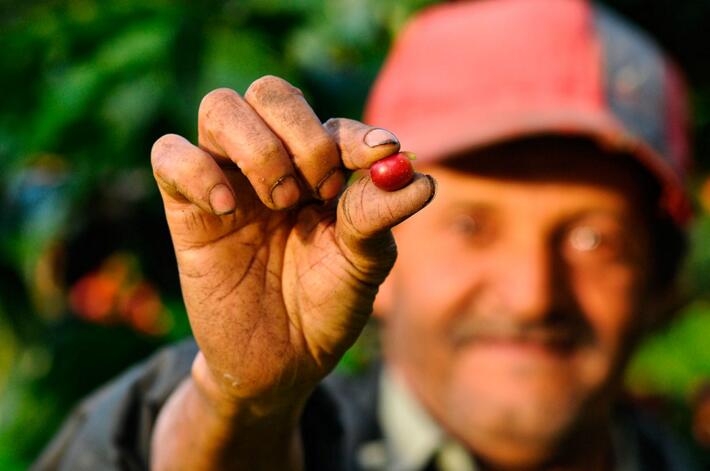
The Origin and Development of the Manor in Guoxia Village
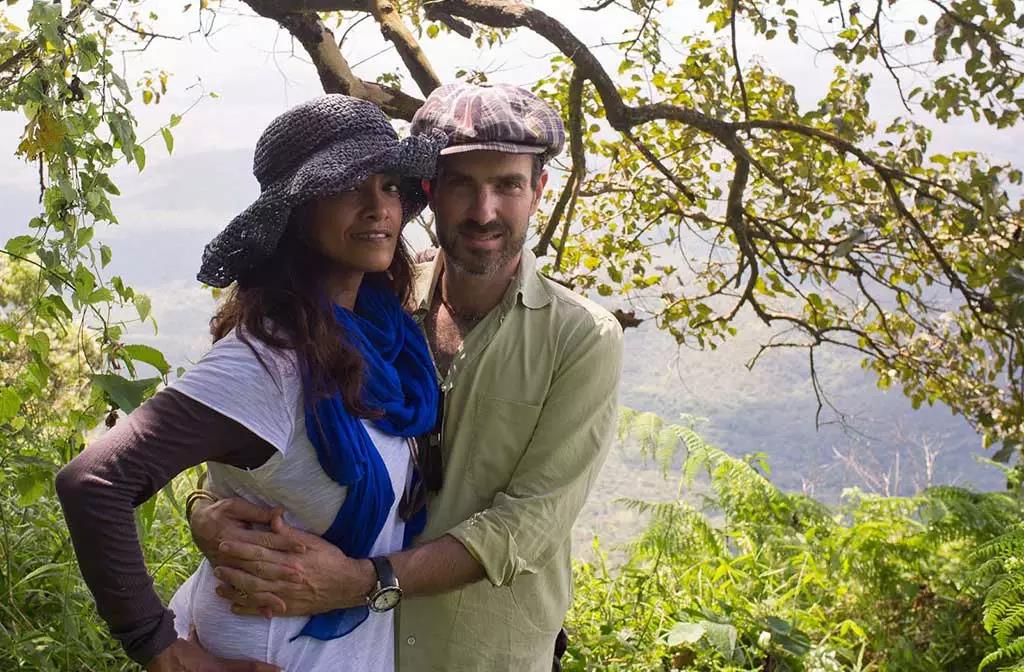
The owner of Gesha Village is Adam Overton, an out-and-out American who was not a coffee shop owner but a documentary filmmaker.
His wife, Rachel Samuel, is Ethiopian and a photographer. The two were commissioned to shoot a documentary about coffee in Ethiopia in 2007, and their dream of building their own estate sprouted as they became more and more in touch with Ethiopian land and people.
In 2009, they met Willem Boot.
Who is he? Willem Boot, a Dutchman who runs a coffee shop in his family, emigrated to the United States and worked for Porbat, a bean baking company. In 2004, he served as a judge of BOP, and it was the first time that the Geisha variety appeared on the field. After taking a sip, he felt amazing and delicious. So in 2006, he bought La Mula, then an obscure small estate, and planted 6000 Geisha plants.
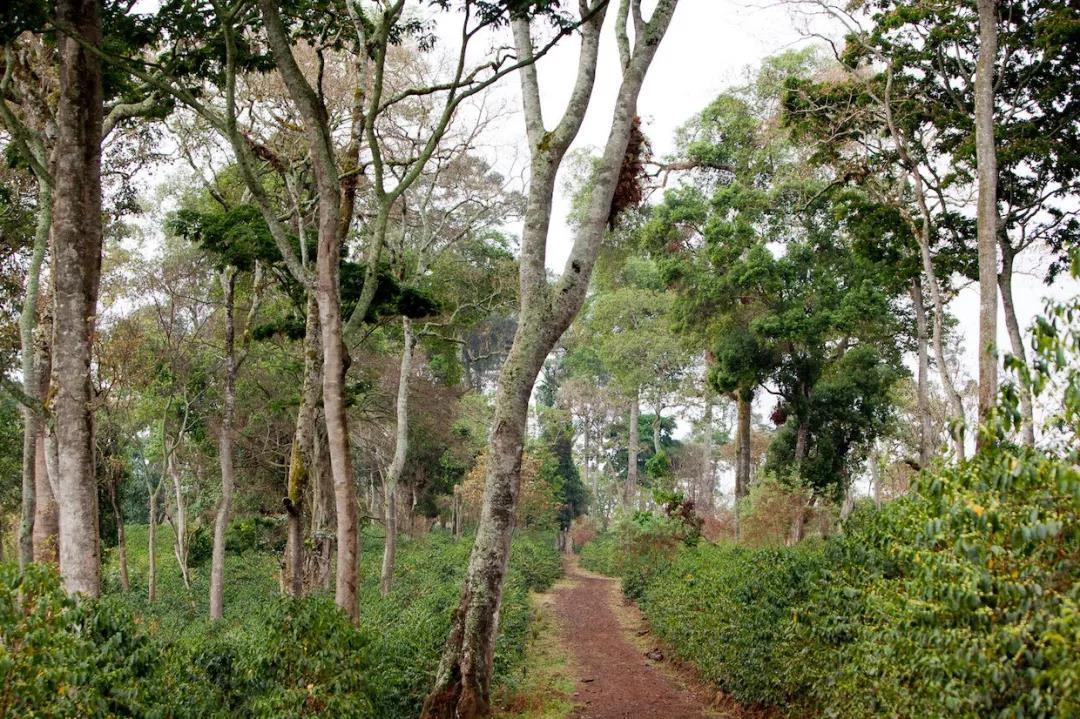
In the 2014 BOP competition, Donkey Manor entered the competition for the first time, winning the championship and 11th place in the Sunshine Rose Summer Group. Other famous estates, such as Jade, Kotowa, Elida and so on, were defeated by the 8-year-old manor.
What Willem Boot hopes to do most is to go back to Ethiopia and find the land where Geisha was born.
Yes, Geisha is also found in Ethiopia, the source of coffee.
In 1931, the coffee variety Geisha was found in a forest called Geisha Mountain in Ethiopia.
Later, Don Pachi brought it back to Costa Rica for planting and transferred it to other estates.
At the beginning, the yield was very low, but the ability to resist mold was very strong and the trees were very high, so it was planted on the edge of many manors as a windbreak.
Until 2004, the Emerald Manor made her independent, put her on the field and became famous in the first World War.
After meeting Willem Boot, the Adam couple deepened their idea of building a Geisha estate in Ethiopia.
So they flew to Addis Ababa, the capital of Ethiopia. At first they hoped to build the manor relatively close to the capital.
But given the microclimate, soil and other natural environment they observed in Panama, they ended up in the Banchimaji region (Bench-Maji), southwest of Ethiopia, near South Sudan. There are many places in that area called Geisha Village, and it is also the area where the original Geisha is most likely to be found.
So they decided to set up their manor here and call it "Gesha Village Coffee Estate".
In 2011, Willem Boot came to the groundbreaking ceremony of the manor and served as a consultant to the manor.
Miraculously, not far from the manor, a primeval forest, known locally as Gori Geisha, discovered a native species of coffee that is very similar to La Mula manor.
The whole forest is filled with the aroma of coffee flowers. They deeply believe that this is the place where Geisha was found, and this variety is the original species. Later breed identification also confirmed this idea.
So the estate grows two types of Geisha, one of which is Gori Geisha in the forest, and the other is the 1931 species of Geisha that were first discovered.
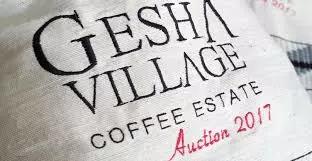
2017 Rose Summer Village Coffee Manor
An overview of independent bidding data
(the following source: Grand Cru)
The first global public bidding for Rosa Village Coffee Manor began at 9: 00 a. M. (BST time) on May 31, 2017, and nearly three hours of intense bidding took place. Buyers from Hong Kong, Japan, Greece and other countries and regions participated in the bidding and successfully auctioned 21 lots.
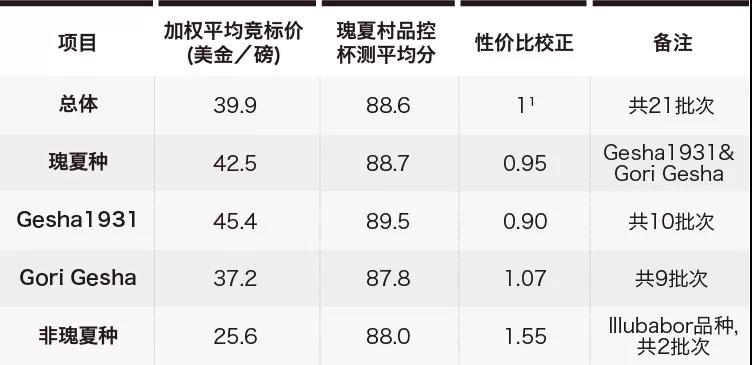
-average bidding of bidding lots in Rose Xia Village
Adam Overton and Rachel Samuel, the owners of Gesha Village, took part in an expedition to collect seedlings from the forest; they have now cultivated several versions of Gesha from the expedition to achieve the highest quality. "Gesha is famous in the industry for its high quality, but Ethiopia is not an important part of its story, even though Gesha originally came from here," Rachel said. "We are pleased to be able to help develop a professional coffee market in the Gesha area so that this amazing coffee is finally available in its birthplace."
Only a few estates in the world can hold their own bids, such as Emerald in Panama, Incht in Guatemala, Daterra in Brazil, Mierisch in Nicaragua, and Rosa Village in Ethiopia.
Gesha Village Coffee Estate is completely different from most Ethiopian farms in that it is not a small farm, but a 500-hectare farm with its own washing plant and laboratory, located in the southwest near the border with Sudan, and the most special is that the whole farm only grows Rosa varieties, not Ethiopian native species that generally cannot be determined. Rosa Village divides the farm into eight blocks. The three main Rosa varieties, whose seeds are collected from nearby forests, are not from Panama.
Analysis of Rosa Rosa Bean in Qianjie Coffee Guixia Village
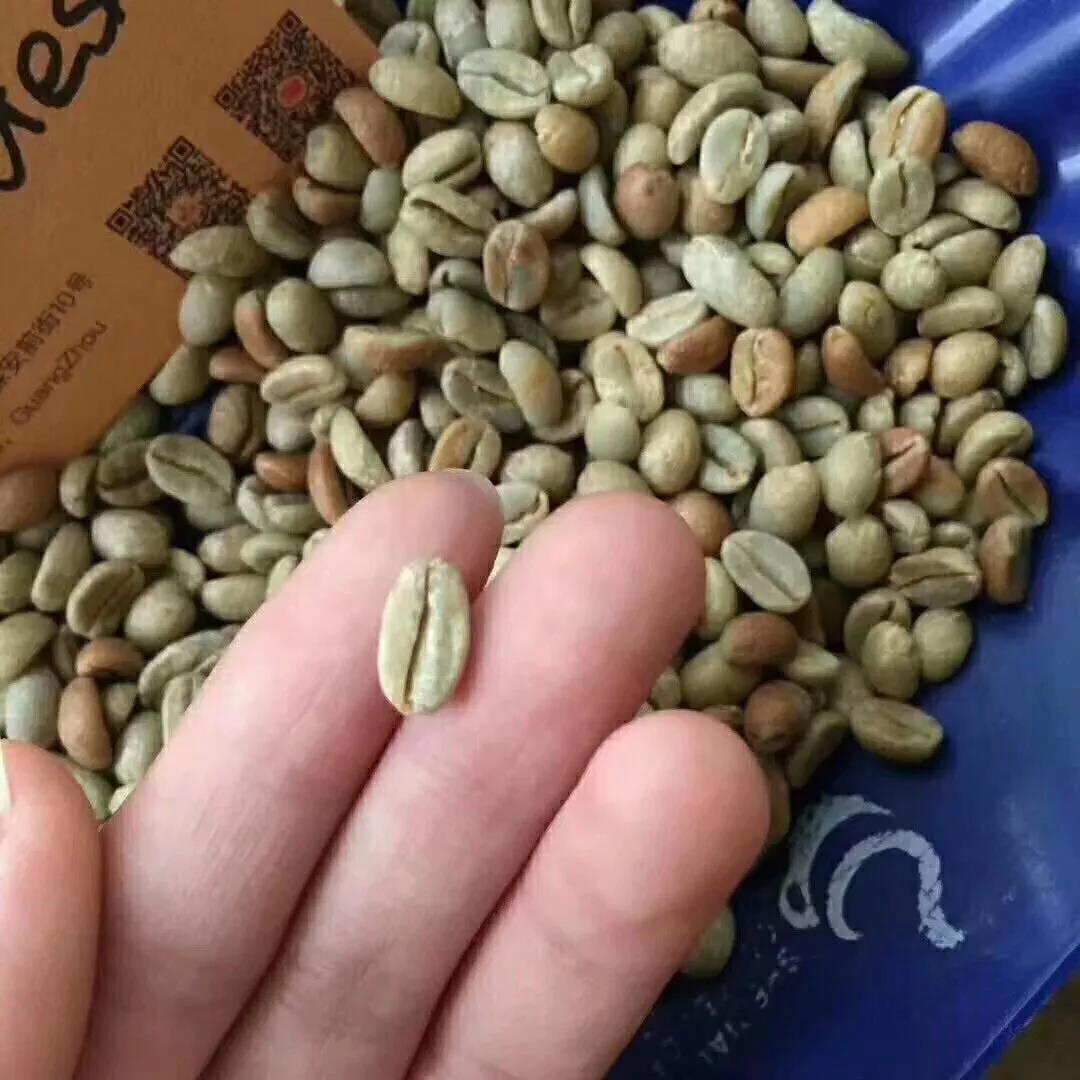
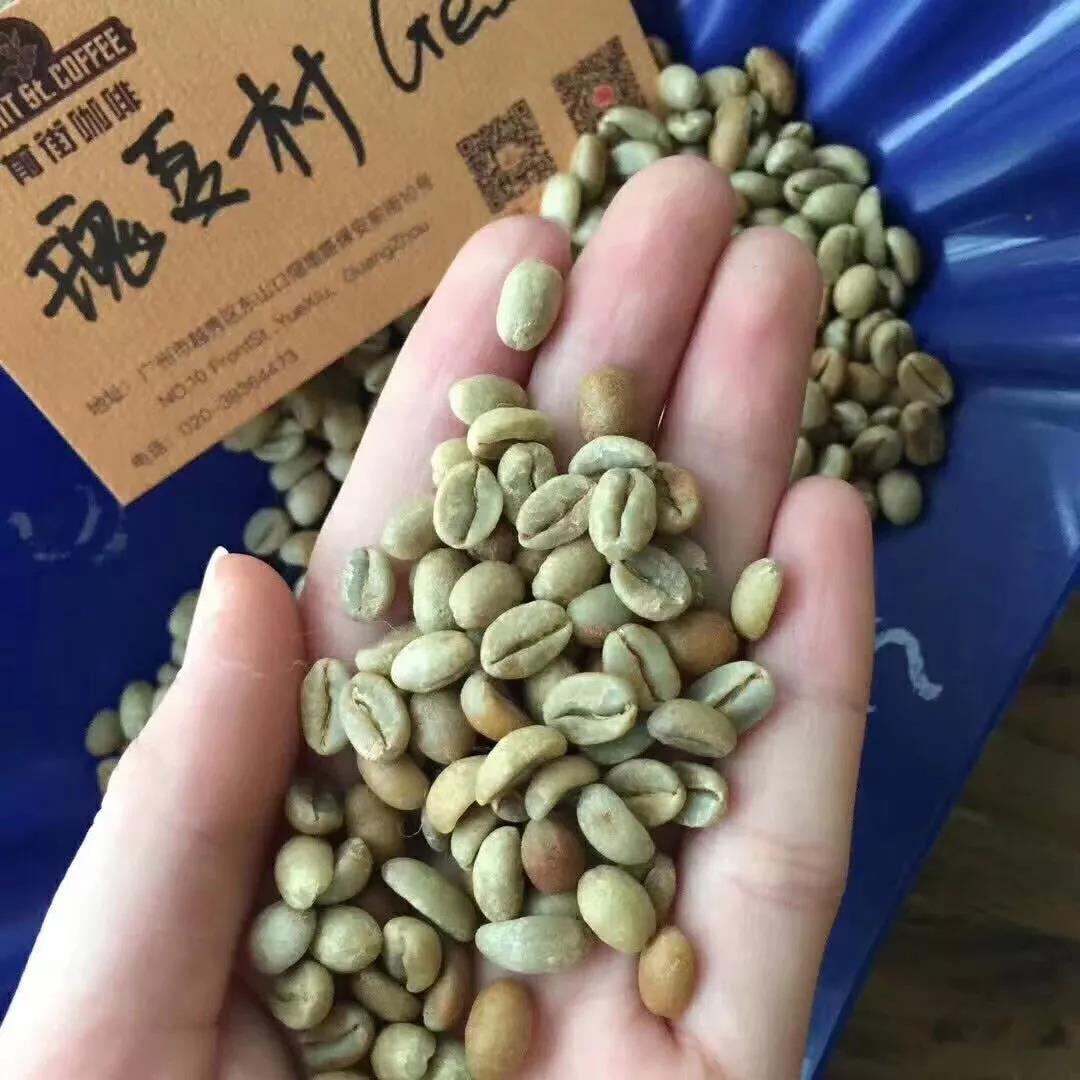
The size of raw beans is smaller than that of Panama, and the raw beans of water-washed rose summer coffee have a very beautiful blue-green color, with a beautiful green yellowish belt and a warm jade texture. It smells of fresh grass, peach, berry and the unique milky sweetness of oolong tea that most coffee beans do not have. It seems that aroma and taste of this kind of things need to be associated with each other. But the faint smell of tea is something we can obviously feel.
Coffee cup test report on Qianjie:
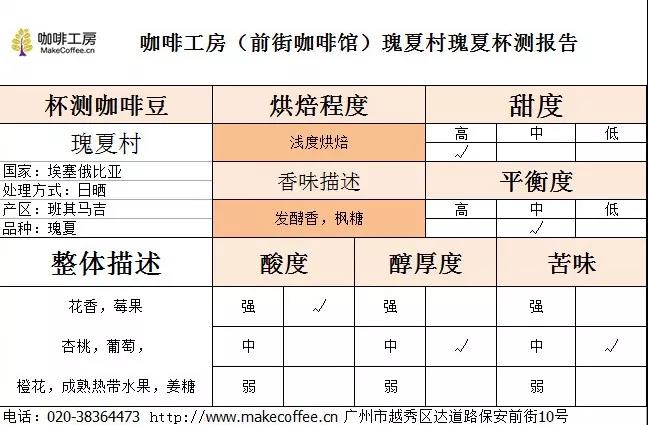
Dry aroma, apricot, wet aroma with sweet orange juice, jasmine, sweet peach, wine, pineapple, bright and rich, sipped for citrus, tropical fruit, ripe fruit, berry, citrus, light fermented wine, clear and bright acid value, smooth texture, grape, maple syrup, wild ginger, delicate acidity, clean and balanced taste, long and lively finish.
Qianjie Coffee brewing Rose Summer Village parameters recommended:
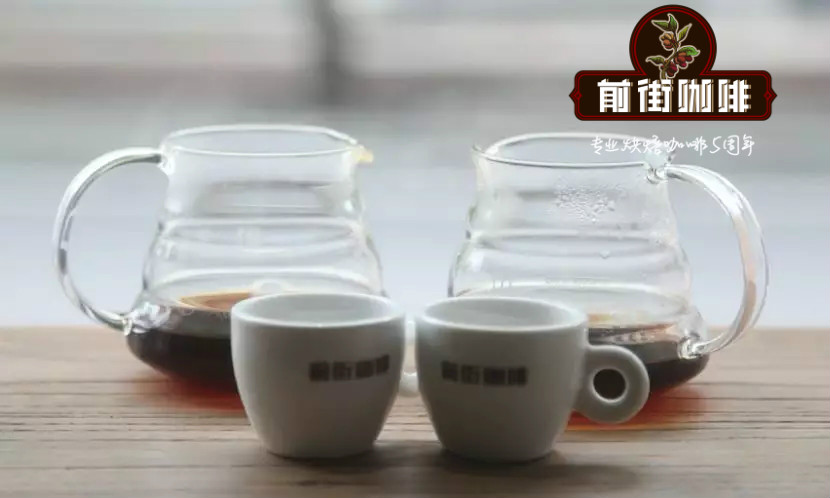
Recommended cooking methods: siphon, hand flushing
Degree of grinding: 3.5 (Fuji R440, Japan)
Water temperature: 89 °C
V60 filter cup, 15g powder, water temperature 91-92 degrees, grinding 3.5.The ratio of water to powder is close to 1:15
35 grams of water is steamed for 30s
Segment: water injection to 100ml cut off, slow water injection to 225ml
That is, 30-100-95
Other suggestions for trickling extraction:
Normal pressure, recommended grinding degree of 3.5-4 / water temperature 92 °C
Philharmonic pressure, recommended 2.5 grinding degree, water temperature 88 °C
Hand punch: 3.5 degree of grinding, water temperature 89 °C
3.5 Grinding-90 degrees water temperature
Important Notice :
前街咖啡 FrontStreet Coffee has moved to new addredd:
FrontStreet Coffee Address: 315,Donghua East Road,GuangZhou
Tel:020 38364473
- Prev
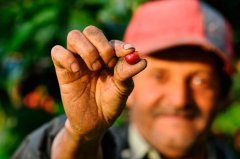
Why does the candle taste good in Sidamo? Do the coffee beans in Sidamo taste good?
Why does the candle taste good in Sidamo? Do the coffee beans in Sidamo taste good? Sidamo, which grows in the southernmost Ethiopian plateau between 4600 and 7200 feet above sea level (Sidamo province), is a famous boutique coffee area in southern Ethiopia, bordering Kenya, southeast of Gemma, just south of the capital, usually sweet and loved by most people, with an annual output of about
- Next
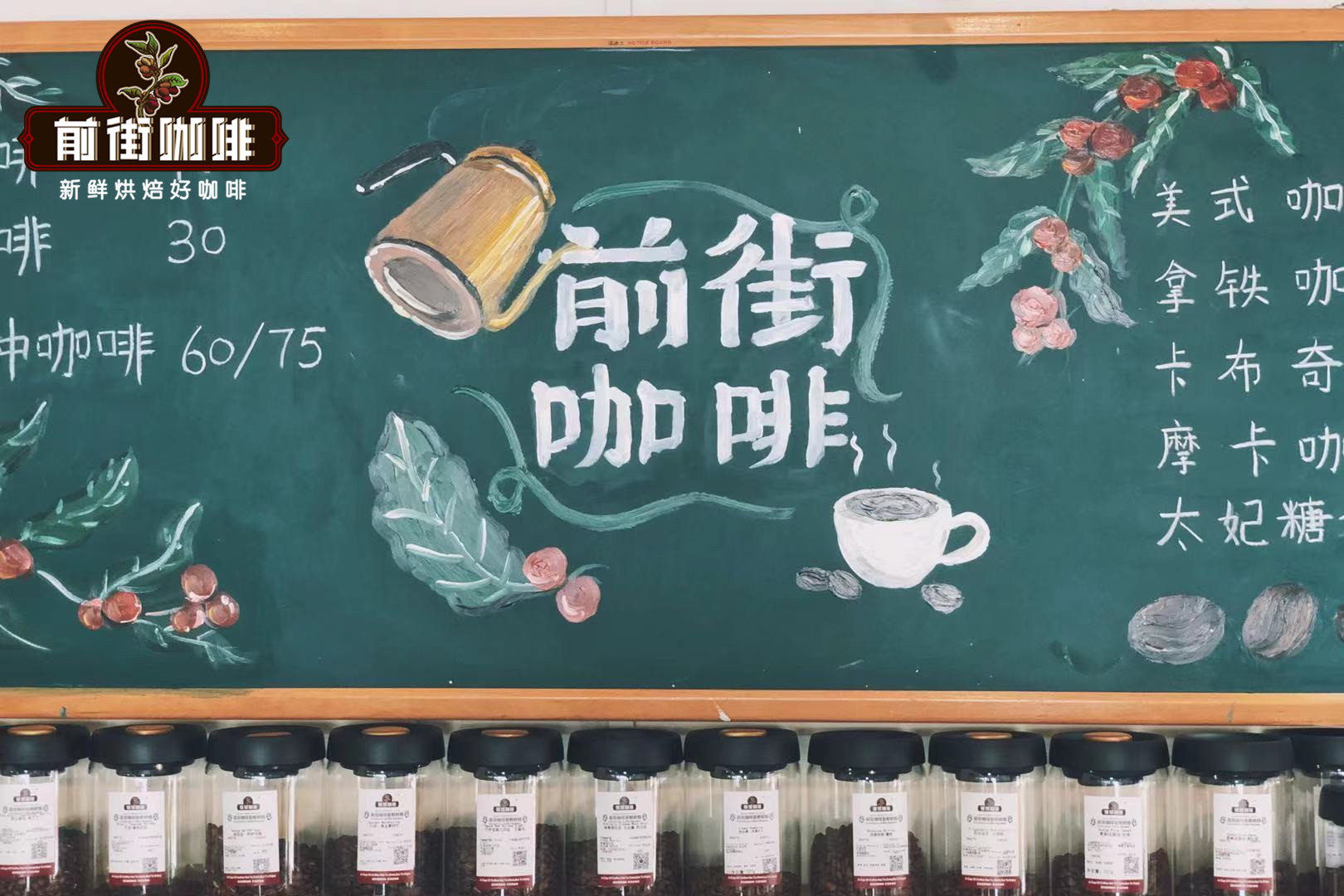
Are Ethiopian Rosa Village and Panamanian Rosa Coffee beans the same? hand cooking advice
Is the village rosy summer in Ethiopia the same as the Panamanian rose summer? What's the difference between making and cooking? The Origin and Development of Rosa Village Manor in Ethiopia the owner of Gesha Village is Adam Overton, a genuine American who was not a coffee shop owner but a documentary filmmaker. And his wife, Rachel Samuel, is Ethiopian and a
Related
- Detailed explanation of Jadeite planting Land in Panamanian Jadeite Manor introduction to the grading system of Jadeite competitive bidding, Red bid, Green bid and Rose Summer
- Story of Coffee planting in Brenka region of Costa Rica Stonehenge Manor anaerobic heavy honey treatment of flavor mouth
- What's on the barrel of Blue Mountain Coffee beans?
- Can American coffee also pull flowers? How to use hot American style to pull out a good-looking pattern?
- Can you make a cold extract with coffee beans? What is the right proportion for cold-extracted coffee formula?
- Indonesian PWN Gold Mandrine Coffee Origin Features Flavor How to Chong? Mandolin coffee is American.
- A brief introduction to the flavor characteristics of Brazilian yellow bourbon coffee beans
- What is the effect of different water quality on the flavor of cold-extracted coffee? What kind of water is best for brewing coffee?
- Why do you think of Rose Summer whenever you mention Panamanian coffee?
- Introduction to the characteristics of authentic blue mountain coffee bean producing areas? What is the CIB Coffee Authority in Jamaica?

